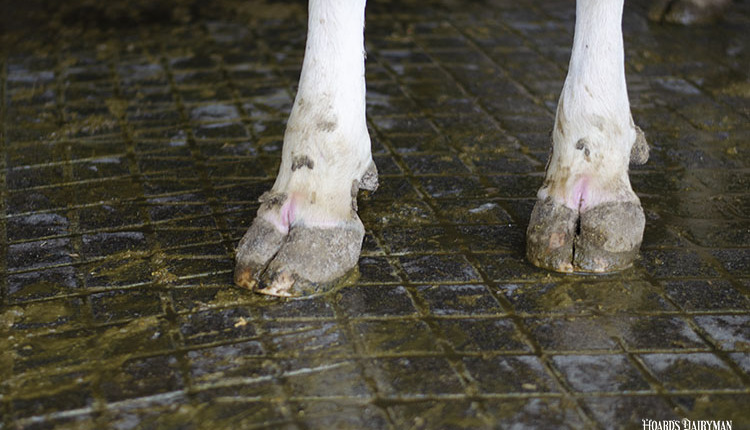Animal scientists at Washington State University think they do and are embarking on an extensive research project with several other universities that they hope will identify genetic markers that can be used by cattle breeders to eventually "breed out" BRD traits and identify animals having greater genetic potential for feed efficiency. More than $14 million in funding for the projects was awarded last week by the U.S. Department of Agriculture.
BRD or bovine respiratory disease is one of the most costly diseases in the cattle industry, killing more than 1 million animals a year and causing estimated losses of $692 million. The project team will examine 6,000 cattle from commercial feedlots and dairies throughout the U.S. and use DNA analysis to determine the inheritance of resistance or susceptibility to BRD. That information could help guide selective breeding of cattle to eventually eliminate the disease.
Partners in the project include lead institution Texas A&M University, WSU, University of California Davis, New Mexico State University, Colorado State University, University of Wisconsin, and the USDA Agricultural Research Service unit in Beltsville, Md.
Methodology for the feed efficiency study will be similar to that of the BRD project. Researchers will genotype 8,000 cattle and determine how genetic differences affect feed intake and efficiency. Partners in this project include lead institution University of Missouri, WSU, University of Illinois, Iowa State University, University of Minnesota, University of Nebraska, Texas A&M, and USDA's Agricultural Research Service.











